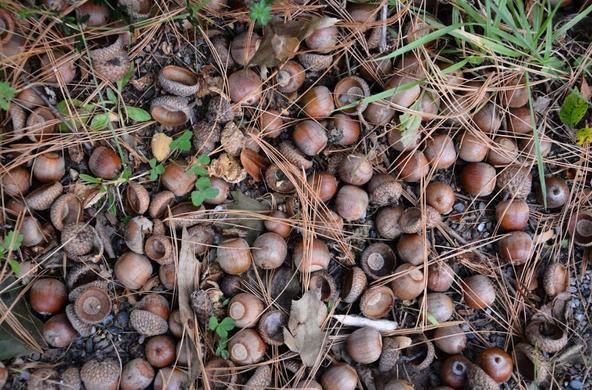Speaker: Dr. Kapila Yakandawala, Wayamba University of Sri Lanka
Sri Lanka is blessed with high biodiversity, including conferring a high level of endemism. This is due to the location, historic and geologic isolation from the continental landmass, topography and climate. However, Sri Lanka has been identified as one of the global biodiversity hotspots due to the high endemicity and extensive loss and degradation of natural ecosystems. In this backdrop, the contribution of the researcher towards the conservation and sustainable utilization of biodiversity is discussed.
Conservation of organisms cannot necessarily be expected unless they are identified and quantified. Explorations conducted on aquatic genus Lagenandra revealed four new endemic, endangered species with the potential in the aquarium industry to develop new hybrids. Apart from the new members, other species of the genus are also known for their ornamental value, threating to their existence. Habitat modelling of the species has identified potential locations for introducing these plants for in-situ conservation. In another research on waterlilies, while resolving taxonomic ambiguities, outcomes revealed the use of an incorrect image as the national flower of Sri Lanka for 30 years, which was corrected subsequently. This led to the recognition of a new hybrid water lily. Therefore, field-based research needs to be encouraged, as it would be the basis of unveiling the unknown.
The wealth of biodiversity can be used sustainably to reap environmental, social and health benefits. Detailed morphological studies have revealed the higher capacity of certain plants, in intercepting particulate matter (PM). PM interception ability increases with certain morphological characters. Hence plants with such features could be promoted with urban infrastructure. Further, landscape designers promote using certain plant textural groups in achieving various aesthetic effects. However, a scientific method has not been adopted in the classification of plans into textural groups. Therefore, a criterion based on morphological characters is proposed to classify plants into textural groups.
Exotics dominate the esthetically managed landscapes in Sri Lanka, and certain alien escapes lead to environmental issues. Studies have detected such potential invasives, and appropriate management practices have been suggested. In view of enriching these habitats, planting designs with ruderals and a combination of ruderals and ornamental were suggested as these designs attract insects and could be maintained at a low cost. Further, studies on native flora have identified potential candidates with simple propagation techniques, aesthetic quality, phenology, wildlife potential, and ethnobotany to promote natives as multipurpose plants in the industry. However, studies revealed that still, native plants do not have a demand in the local market, stressing the importance of educating people on the benefit of native plants.





